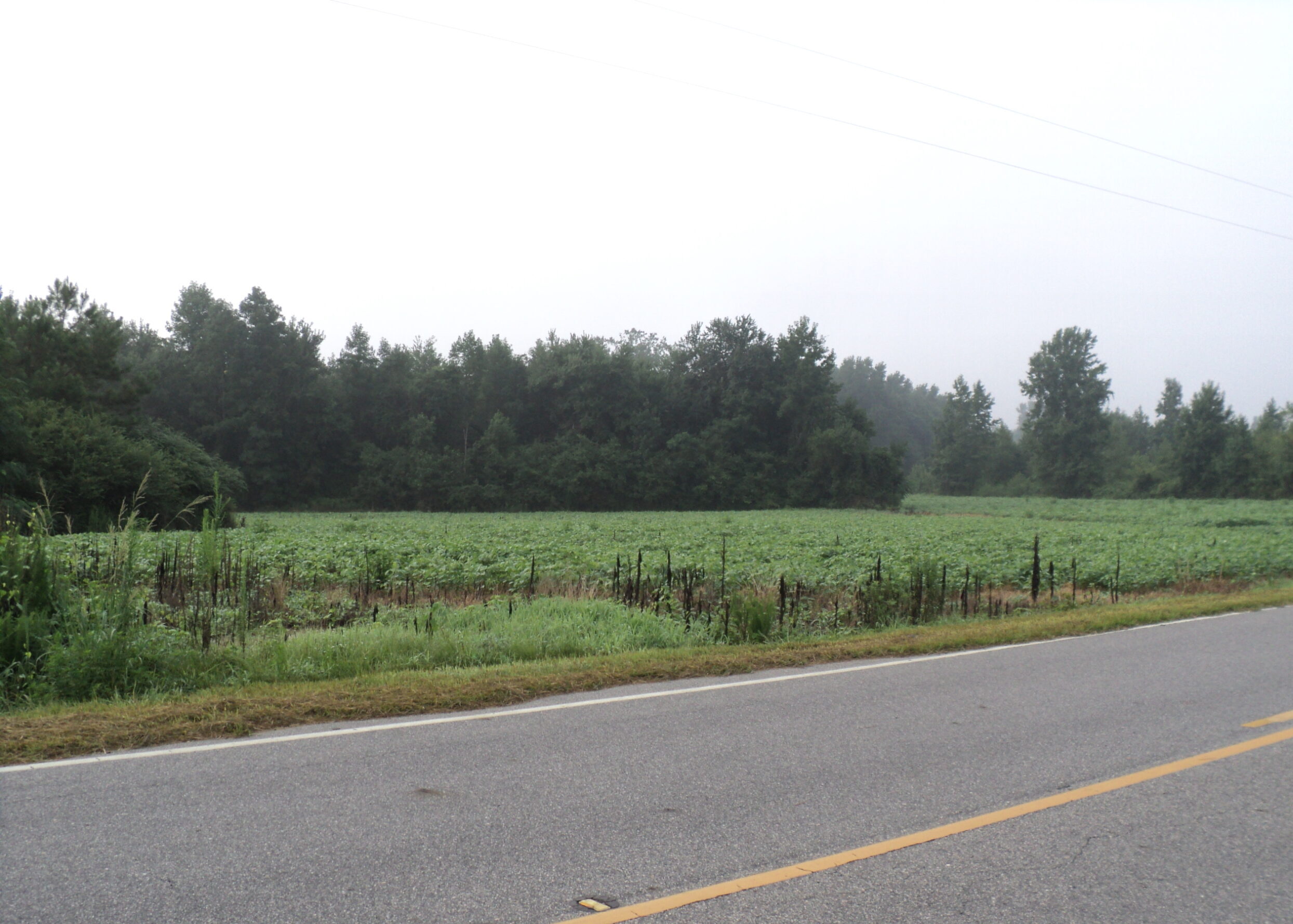
Private Land Access
At some point, most Atlasers encounter a common problem – lack of access to private lands. Maybe they are trying to bird a unique habitat, chase down a rare species, or complete a thorough survey of the block. Inevitably, they find that most of the priority block is owned by private landowners. The process of […]










